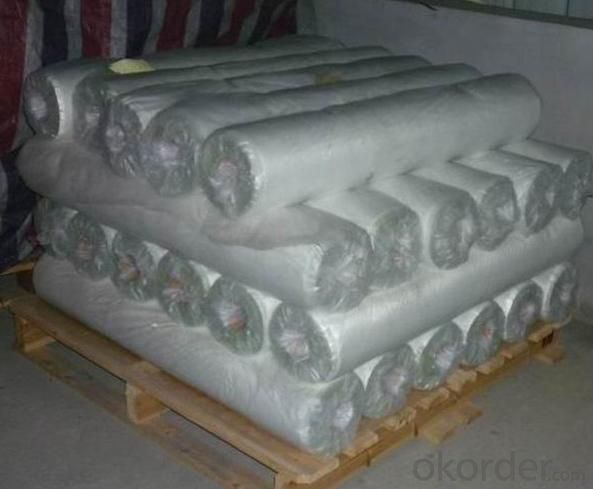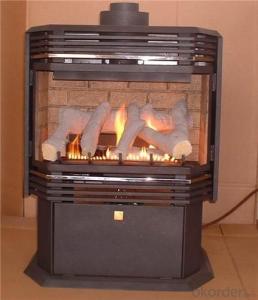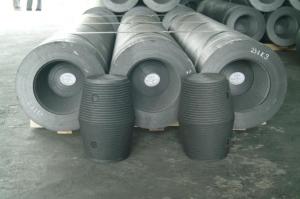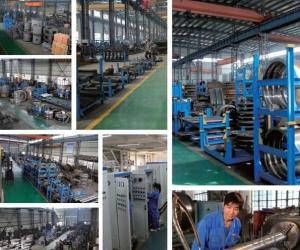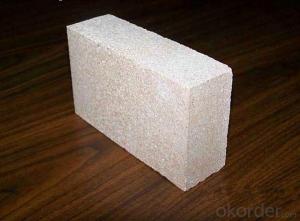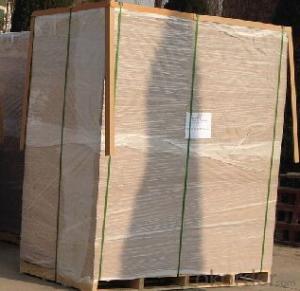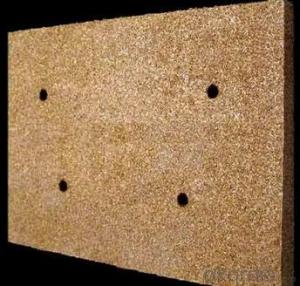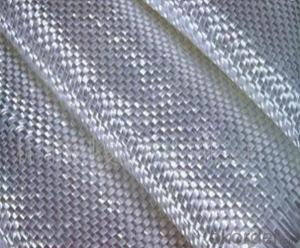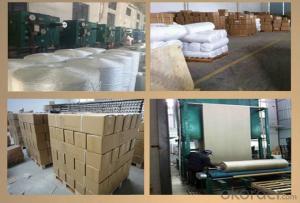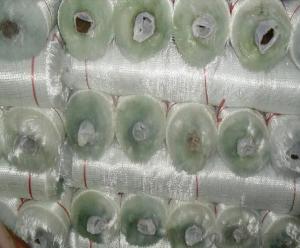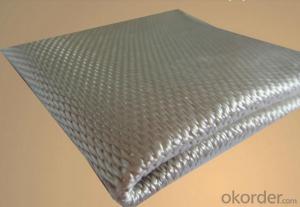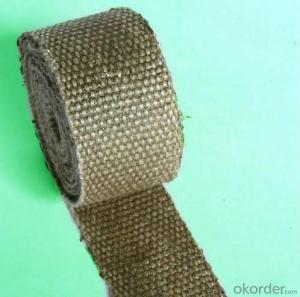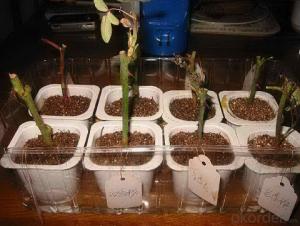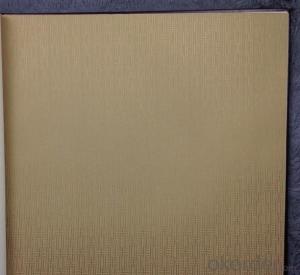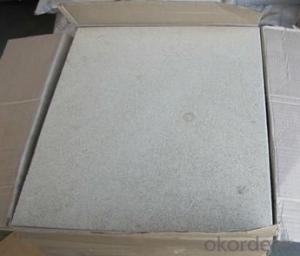Heat Insulation Vermiculite Coated Fiberglass Fabric
- Loading Port:
- Qingdao
- Payment Terms:
- TT OR LC
- Min Order Qty:
- 1000 m²
- Supply Capability:
- 100000 m²/month
OKorder Service Pledge
OKorder Financial Service
You Might Also Like
Product Information of Heat Insulation Vermiculite Coated Fiberglass Fabric:
Vermiculite coated fiberglass fabrics are made of Fiberglass fabric with vermiculite coated. Vermiculite is a natural mineral which provides a natural inorganic finish to fiberglass. This coating provides short term temperature resistance of 1000°C and increased continuous temperature resistance over standard fiberglass.
Vermiculite coated fiberglass cloths increase the products abrasion resistance and adds to its ability to withstand direct flame. This same coating is available on fiberglass tapes. It is available in a variety of weight, thickness, and width.
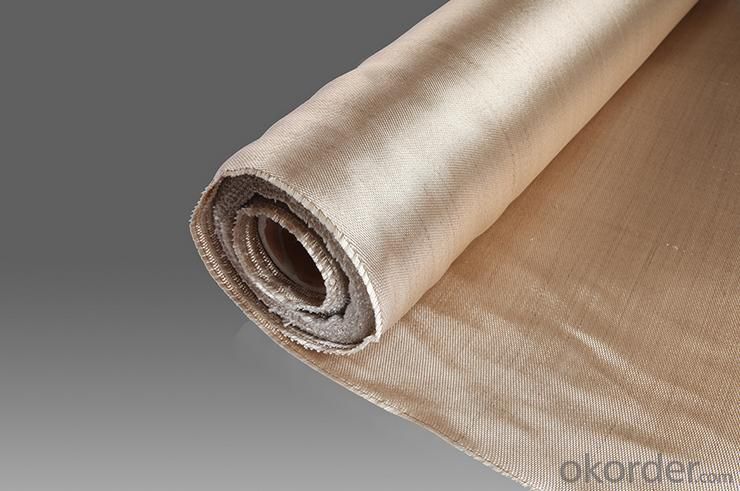
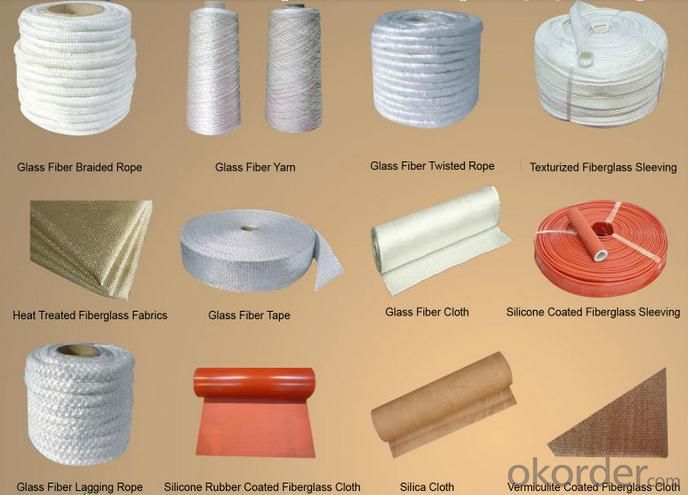
Features of Vermiculite Coated Cloth:
It has the features of high temperature resistance, low thermal conductivity, thermal shock, low thermal capacity, long service life ; Touch with resistance to molten aluminum, zinc and other non-ferrous metal erosion ability;
Technical Data of Heat Insulation Vermiculite Coated Fiberglass Fabric:
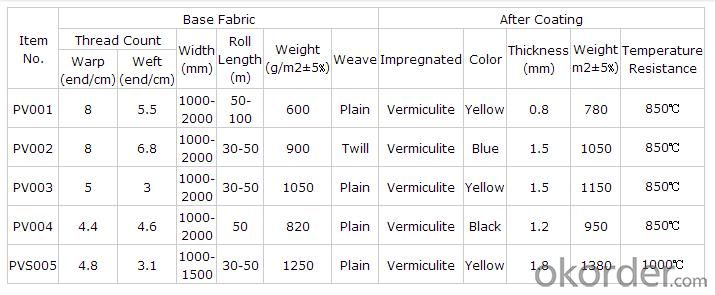
Applications of Heat Insulation Vermiculite Coated Fiberglass Fabric:
It's applied to all kinds of kiln, high-temperature heat insulation pipes and containers; Oven door, valves, flange seal, fire doors, fire shutter materials, high temperature oven door quick curtain; Engines and heat insulation, fire retardant cable coating material, high temperature fire prevention materials; Heat insulation cover with cloth, high temperature expansion joint filler, the flue liner;
- Q: What is vermiculite? Is it expensive to sell?
- A substrate for soilless culture. General agricultural stores inside to buy, and do not sell, you can ask the boss to contact you, and now use is very common. Not very expensive
- Q: how to repot a large umbrella plant?
- Two options: Put it in a larger pot Remove all soil, some roots and repot in the same pot.
- Q: For a stem cutting of pothos is it best to put the cutting in vermiculite or potting soil and why. Also should you use rooting hormone and why.
- pothos are easy, if its for commercial output use the hormone, I would just use the potting soil, maybe eliminate a step in pruduction
- Q: In my attic, I have found two types of blown in and/or loose fill shredded insulation, in two layers, totaling 6 inches of depth. The bottom layer is a very dark gray wool, where the top layer is a yellow shredded material that I think is fiberglass. The house was built around 1950. I have been laying blankets of fiberglass insulation to increase the R-value, but I was concerned there might be asbestos. What are the two layers, especially the dark gray one? Rock wool?
- The darker one is most-likely rock wool with a mixture of vermiculite.
- Q: I just bought m First House and I have a Possible asbestos vermiculite in the attic, I was going to try and have it removed but was told the price was 8-10K to do it, So I thought about encapsulating it with spray in foam insulation. Would this be a good idea or should I have it removed and then spray in foam. It just a idea at this point on a very tight budget.
- spray in foam in many places has been done away with because it can be toxic any way it is not a good idea what you suggest I would simply cover it with cellulose blowe in insulation
- Q: Okay so I am planing to get a Rose hair Tarantula and its going to be the first spider I will have so I have, light, a ten gallon tank with top ,bedding, shallow water dish, and a place so it can hide. And I know they need to be sprayed bu t i dont really know how often,and can you give me any other informatin Plz!!
- You can use potting soil and save yourself the trouble of having to mix your own. Peppers like the heat but be careful that they don't dry out too much because if they get stressed they can get bugs easily.
- Q: The instructions say place in a ziplock bag with damp, not wet, vermiculite. then put in the fridge for 90 to 120 days. I‘m assuming this would be the necessary cold spell they need. I dont have any vermiculite and the nearest place that does is 70 miles east out of my way. would a moist paper towel do?Thank you.
- some moss, even peat moss from a garden center, mixed with regular potting soil close enough.
- Q: How can I tell if the insulation in my house is dangerous (i.e. vermiculite)?
- Your planting medium should contain vermiculite and perlite, that's it. Also the flat should be placed on a heat mat to induce sprouting. When the sprouts are about two inches high pinch back the top growth, that is so the root system can develop. Do this again when they grow back to the same height. Make sure the potting medium remains moist and I guarantee you that you will be growing tomatoes, that will be the envy of the neighborhood.
- Q: amaryllis have seed pods.when and how do i harvest them ? how hard are they to grow from seed?
- It seems easy enough. but the seeds need to be planted soon after the capsule matures and opens. If you delay, the seeds may die. As the flower fades, the pod at the base of the flower will swell. When it turns yellow and begins to break open, collect the seeds (they look like dry, flattened raisins) and sow them in vermiculite or a seed-starting mixture. When they sprout they will look like grass. In a few weeks bulbs will begin to form. Transplant the seedlings to larger pots and keep them growing in a sunny location. Do not let them go dormant. In four or five years the bulbs will be big enough to bloom. www.georgia /00/article/0,2086. The seeds appear as flat, black, papery structures about one-half inch across. These structures are coverings that serve as wings to allow the wind to disperse the seeds after they mature. The actual seeds are small lumps in this wing. When you plant these seeds, do not bury them deeply. Put them on top of moist potting soil and cover lightly with potting soil or finely shredded sphagnum moss. Moisten this covering medium and then place plastic wrap (or some other material) to retain the moisture over the pot in which the seeds are planted. Avoid over-wetting; the soil and covering material should be only slightly damp. Maintain this level of moisture until the seeds begin germinating, and then irrigate to keep the soil evenly moist as the seedlings grow. cahe.nmsu.edu/CES/yard/2005/09030.
- Q: I‘ve got 12 snake eggs incubating at 80-82 degrees Farenheit. They were laid between April 23 and May 5. I have been keeping them well watered, and they feel plump when I touch them, not squishy like when they were first laid. I know they are fertile, but I don‘t know the signs when they should hatch. The only sign I know of is that slits start appearing in the eggs, but I was told other signs begin in the 3-6 day before they hatch. So, my two questions are when are they likely to hatch, and what are the signs? If you‘ve NEVER incubated Reptile eggs, don‘t give an answer. Snake eggs aren‘t like bird eggs. Thanks all.
- Congrats on your clutch! You're going to have a gorgeous mix of babies. There are a couple signs of imminent hatching with snake eggs. The most obvious is that 3-7 days before hatching, the eggs will seem to deflate or dehydrate a bit. They might look like they need a little more water, but if the substrate (vermiculite, or whatever you have them in) seems just the same as always, *don't* add more water. The other signs are as you mention -- the eggs are very plump and almost springy in the month before hatching, but around the last 10-15 days, they'll be even moreso. You may even see stretch marks forming -- if you examine the shell very closely, it'll seem almost streaky or ridged, almost like it is developing a linear fingerprint-like pattern. Also around this period, the shell becomes quite vulnerable to puncturing. (Once caught an egg with a rough fingernail and lost a hatchling at this stage.) Some people claim the scent of incubating eggs becomes stronger near hatching, more grassy or green-pepper-like. I didn't notice much of a difference. If the eggs were laid over a long period, *don't* slit the other eggs once the first few start to pip. I know ball python owners often slit the eggs a few days in advance, but well-hydrated, healthy baby corns never seem to need the extra help. Plus they're just so easy to accidentally damage while in the egg. Incubation usually takes 65 days, and sounds like you're on approximately day 70. Don't worry, though -- your temperatures are a little on the cool side, so hatchlings might take 80 days or more. Temps in the mid 70s can cause clutches to take around 100 days to hatch (note, however, that survival rates start to suffer at these temps.) Good luck with your clutch!
Send your message to us
Heat Insulation Vermiculite Coated Fiberglass Fabric
- Loading Port:
- Qingdao
- Payment Terms:
- TT OR LC
- Min Order Qty:
- 1000 m²
- Supply Capability:
- 100000 m²/month
OKorder Service Pledge
OKorder Financial Service
Similar products
Hot products
Hot Searches
Related keywords




